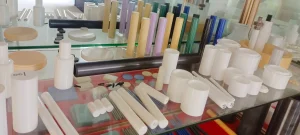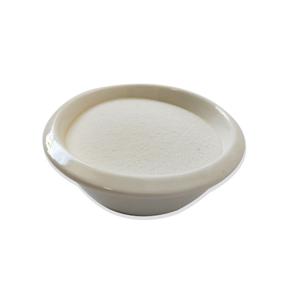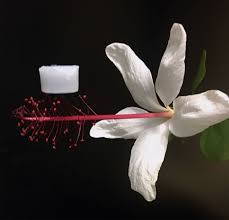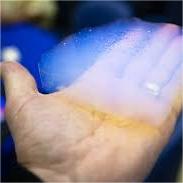Professional industry ceramic supplier, silicon nitride, silicon carbide, aluminum nitride and any other kinds of ceramics.
1. Introduction
When you hear ‘silicon carbide crucible,’ you might picture a lab technician melting metals or analyzing ores. But this advanced ceramic tool is far more versatile—and vital—than it first appears. Thanks to its unmatched resistance to thermal shock, corrosion, and extreme temperatures (up to 1600°C+), the silicon carbide crucible has quietly become indispensable in several high-stakes, niche domains. From synthesizing next-gen semiconductors to processing nuclear materials, its role is both specialized and essential.
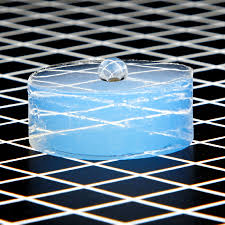
In this article, we’ll dive into five cutting-edge applications where silicon carbide crucibles outperform conventional alternatives like alumina (Al2O3) or zirconia crucibles—and why engineers and scientists choose them despite higher costs.
2. High-Purity Semiconductor Crystal Growth
One of the most demanding uses of silicon carbide crucibles is in the production of compound semiconductors like gallium nitride (GaN) and silicon carbide itself. These materials require ultra-clean, contamination-free environments during crystal growth.
Unlike alumina or zirconia crucibles, which can leach trace metals at high temperatures, silicon carbide crucibles maintain chemical inertness even under reactive atmospheres. This purity is non-negotiable in semiconductor fabs, where even parts-per-billion impurities can ruin entire wafer batches.
Moreover, the thermal conductivity of silicon carbide helps distribute heat evenly, reducing thermal gradients that cause crystal defects. While silicon nitride crucibles are also used in some high-purity applications, they’re more brittle and less thermally conductive—making silicon carbide the preferred choice for many crystal growers.
3. Nuclear Fuel Reprocessing and Actinide Chemistry
In nuclear research facilities, silicon carbide crucibles handle some of the most corrosive and radioactive materials on Earth—like molten salts containing uranium, plutonium, or thorium.
These crucibles resist attack from halide salts and oxidizing agents that would rapidly degrade boron nitride or even high-grade zirconia crucibles. Their stability ensures safer, more reliable containment during fuel recycling experiments.
Interestingly, when comparing boron carbide vs silicon carbide for nuclear shielding, boron carbide excels at neutron absorption—but silicon carbide wins for high-temperature chemical containment. That’s why many advanced nuclear labs pair both materials: boron carbide for shielding, silicon carbide for crucibles and tubes.
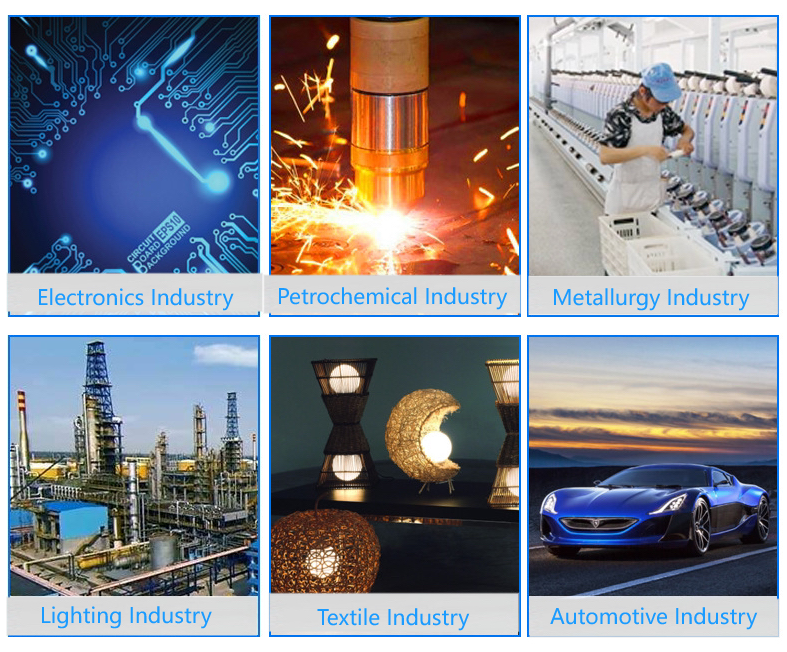
4. Additive Manufacturing of Refractory Ceramics
The rise of 3D printing with advanced ceramics has created new demand for high-performance sintering containers. Silicon carbide crucibles are now standard in labs printing components from materials like silicon nitride, zirconia, or alumina-zirconia composites.
During sintering, these crucibles prevent contamination while withstanding rapid heating cycles. Their compatibility with silicon nitride ceramic parts is especially valuable—since both share similar thermal expansion profiles, reducing stress cracks during cooling.
Some manufacturers even use custom silicon nitride heat shields inside silicon carbide crucibles to create controlled micro-atmospheres for delicate prints. This synergy between silicon carbide and silicon nitride highlights how advanced ceramics often work best in concert.
5. Synthesis of Exotic Carbides and Nitrides
Researchers developing ultra-hard materials—like titanium diboride, hafnium carbide, or cubic boron nitride—rely on silicon carbide crucibles for their reactions.
These syntheses often occur above 2000°C in inert or reducing atmospheres. Few materials survive such conditions without reacting. Alumina tubes or zirconia rods would decompose or contaminate the product, but silicon carbide remains stable.
Even specialized forms like rbsic silicon carbide tile blocks or silicon carbide ceramic columns are sometimes repurposed as crucible liners in pilot-scale reactors. Their modular design allows for custom high-temp chambers that maintain purity and structural integrity.
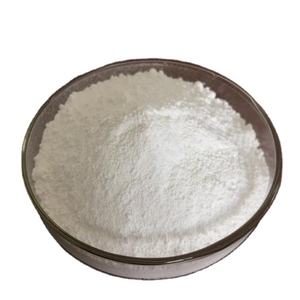
6. Why Not Use Silicon Nitride or Boron Nitride Instead?
It’s natural to wonder: if silicon nitride crucible factories exist, why not switch? The answer lies in application-specific trade-offs.
Silicon nitride offers excellent strength and thermal shock resistance but lower thermal conductivity and higher cost. It’s ideal for components like silicon nitride rings or plates in turbine engines—but less practical for large-volume melting.
Boron nitride (BN), while chemically inert, lacks mechanical robustness at very high temperatures and is prone to oxidation in air. PBN heaters and boron nitride nozzles work well in vacuum systems, but BN crucibles can’t match the durability of silicon carbide in oxidizing or abrasive environments.
In short: for high-volume, high-temperature, chemically aggressive processes, the silicon carbide crucible remains the gold standard among advanced ceramics.
7. Conclusion
From powering the semiconductor revolution to enabling next-gen nuclear technologies, the silicon carbide crucible is far more than a lab accessory—it’s a cornerstone of modern advanced materials engineering. While consumer products like silicon carbide ceramic baking dishes or dinner plates grab headlines, it’s in these niche industrial and scientific realms that silicon carbide truly shines.
As demand grows for high-purity, high-performance materials—from aerospace to quantum computing—the role of the humble silicon carbide crucible will only become more critical.
Our Website founded on October 17, 2012, is a high-tech enterprise committed to the research and development, production, processing, sales and technical services of ceramic relative materials such as 5. Our products includes but not limited to Boron Carbide Ceramic Products, Boron Nitride Ceramic Products, Silicon Carbide Ceramic Products, Silicon Nitride Ceramic Products, Zirconium Dioxide Ceramic Products, etc. If you are interested, please feel free to contact us.

